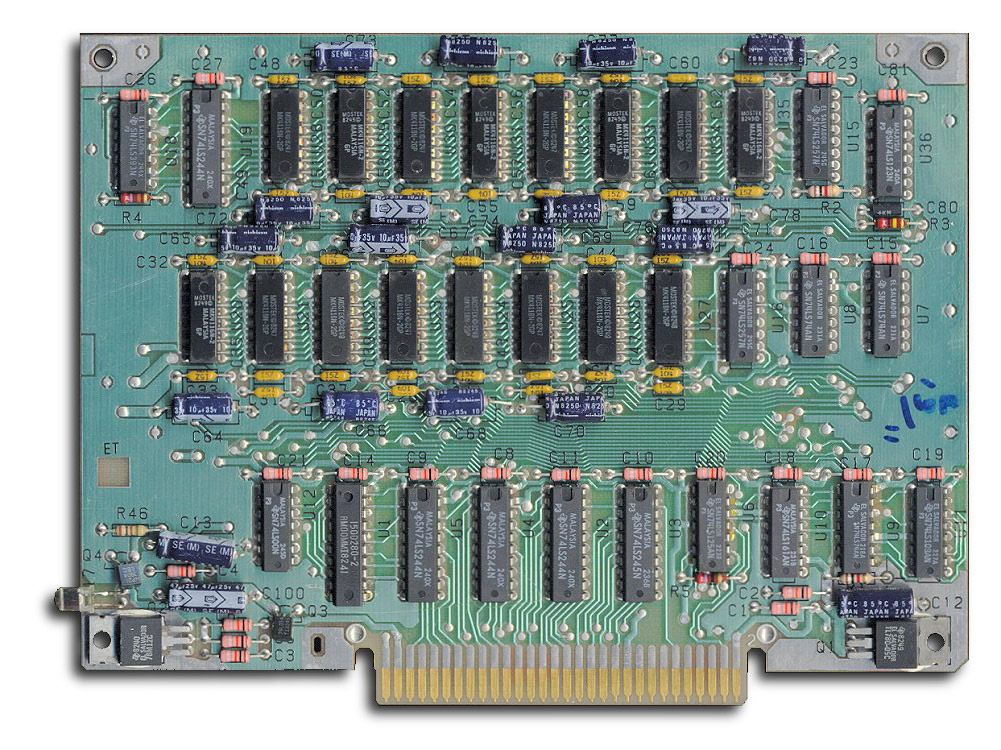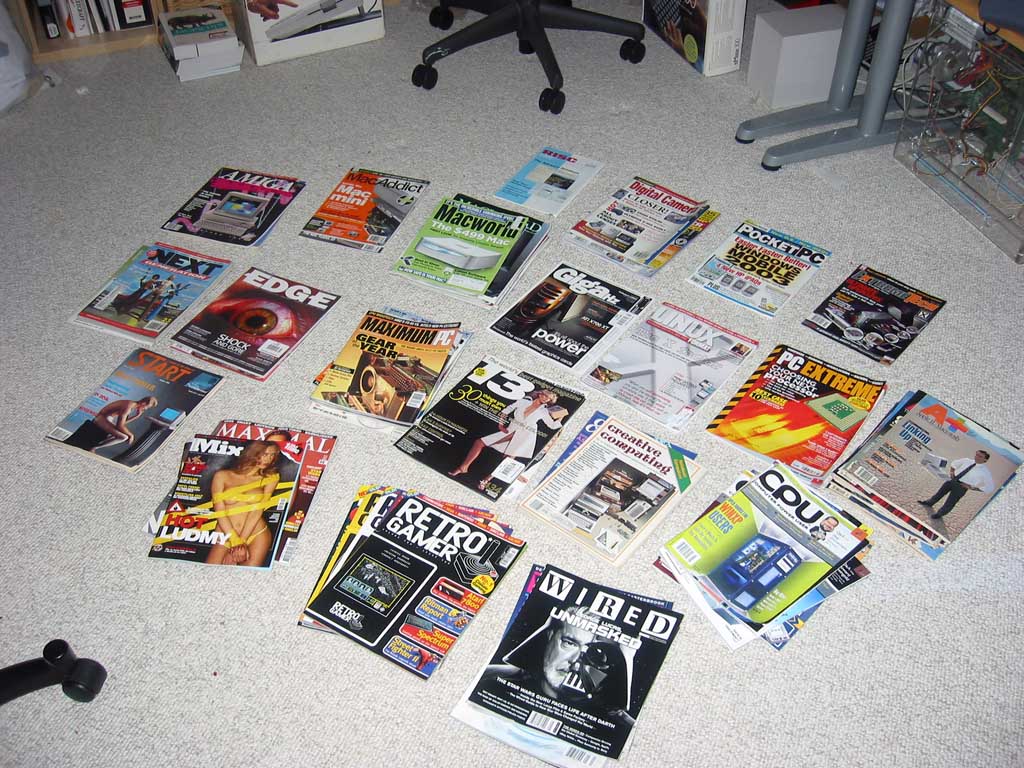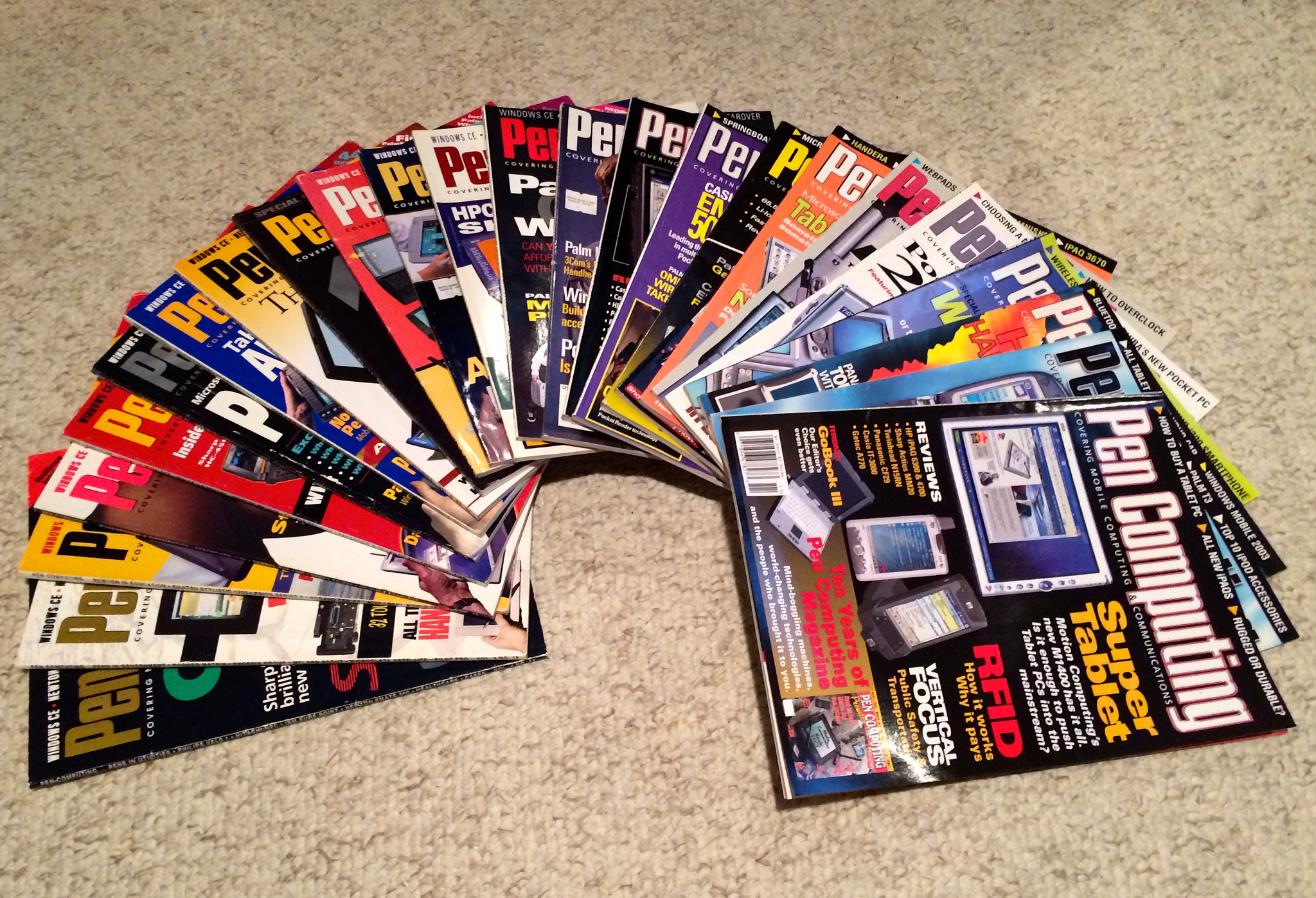I just finished reading the excellent Dealers of Lightning : Xerox PARC and the Dawn of the Computer Age by Michael Hiltzik. It’s a book that gives the inside scoop on the goings-on at the XEROX Palo Alto Research Center (PARC) in it’s early days, the 1970’s. One of the things one comes away with after reading this book is just how expensive memory was way back when. The price of memory had a shaping effect on most inventions that came out of the talented group at PARC.

This got me to thinking about the 32K memory expansion board I talked my parents into getting me for my TI-99/4A‘s Peripheral Expansion Box [more info at MainByte here]. I got it in 1983 and I recall it cost $299. For 32K. (Kilobytes, not megabytes.) My current main computer, a Power Mac dual G5 2.5GHz, has 2.5GB of RAM. That’s 80,000 times more memory than the memory expansion board I had for my TI. That 2.5 GB cost me maybe $400. I did the math and discovered that if the G5’s 2.5GB of RAM were purchased in 1983, the cost would have been $23,920,000.
Talk about technology becoming more affordable….
UPDATE 11/13/2008: My Mac Pro and MacBook both have 4GB of memory. That much memory would’ve gone for $39,191,000 in 1984.
UPDATE 4/23/2009: I just ordered and additional 4GB of RAM for my Mac Pro, which will take it to 8GB total. Back in 1984, that much memory would have cost $78,382,000. Adjusted for inflation, that’s $162,668,000 in 2009 dollars.
UPDATE 4/27/2009: Ok, due to some bank access issues with FB-DIMMs, in order to run optimally, I had to grab a second 4GB upgrade, taking me to 12GB total in the machine with all 4 banks (all 8 slots) filled. In 1984 this would have cost $117,573,000. Adjusted for inflation, that’s $244,002,000.
UPDATE 1/16/2013: The memory in my main workstation climbs on! A year ago, I replaced my rev 1 Mac Pro with a “mid-2011” iMac, which I configured with 16GB of RAM (not to mention 2GB of RAM hanging off the GPU). In 1984, 16GB of RAM would have cost $156,764,000. Adjusted for inflation, that’s $346,410,720.
UPDATE 6/6/2017: I’ve made some space on the desk next to the aforementioned iMac (which is still going strong) for a high-end gaming PC that I built to play No Man’s Sky. It’s a Windows 10 machine with a 4GHz Core i7-6700K and an Nvidia GTX 1080 graphics board. The system has 16GB of DDR4 3200 RAM and the video card has 8GB of GDDR5X RAM onboard. The 24GB of total RAM in this system is 786,432 times as much memory as I added to that TI way back when and, if purchased in 1983, would have cost $235,143,168. Adjusted for inflation, that’s $585,422,403 in today’s money. And, the slower of these two RAM types — the DDR4 3200 — peaks at 25,600MB/second, so it’s a bit faster than that 32K of TI expansion RAM, as well.
UPDATE 8/20/2020: Since the last update the aforementioned gaming PC has been upgraded to 32GB of DDR4 system RAM and the graphics card has been replaced with a GTX 1080Ti with 11GB of GDDR5X RAM. That is 1,409,024 times as much memory as that 32K TI upgrade from 1983. Back then, this amount of RAM would have cost $313,524,224. Adjusted for inflation that would be $815,606,827 today.



